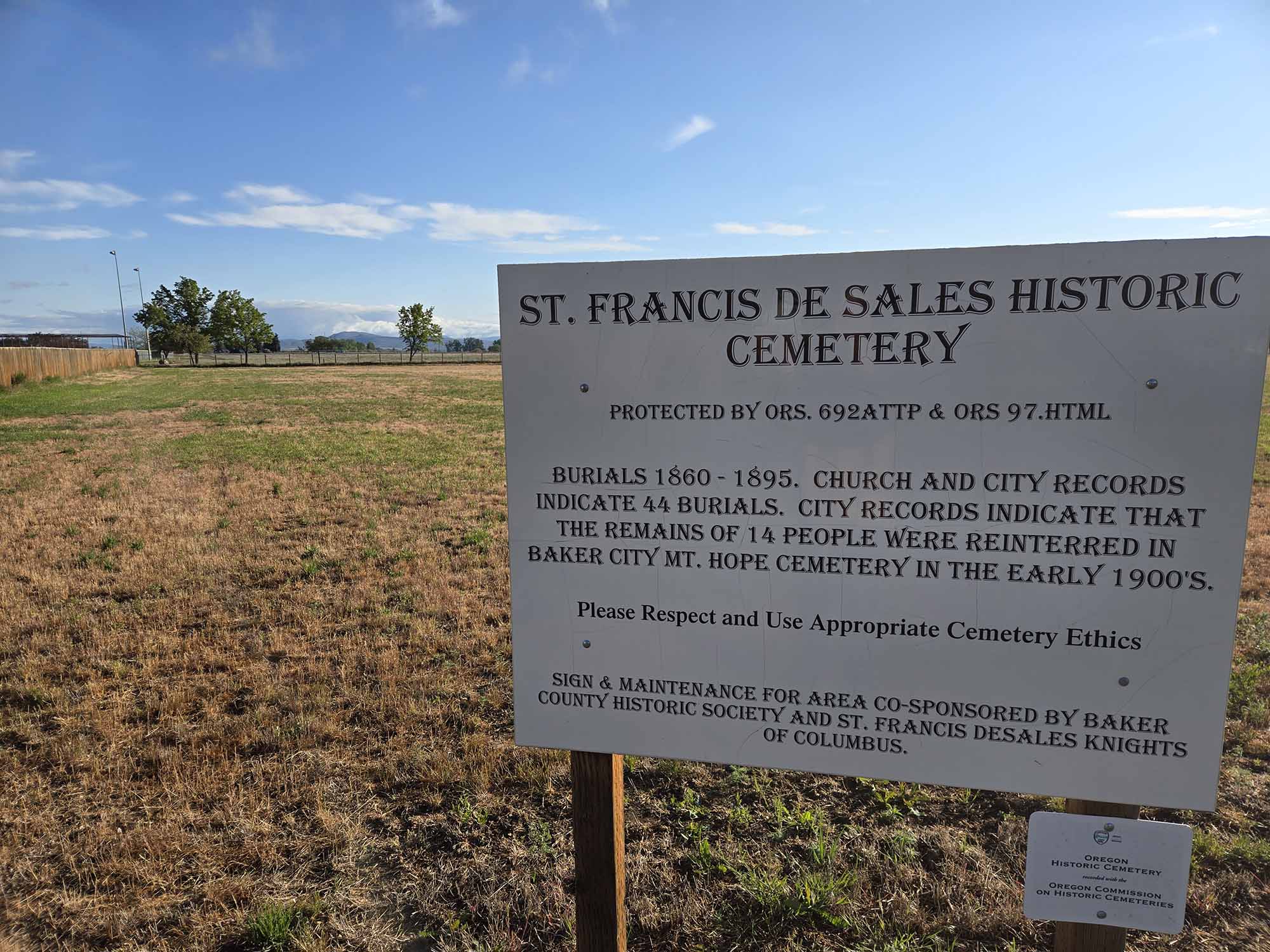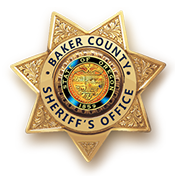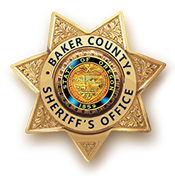The great pretenders: Pop music’s 1960s secret
Published 12:35 pm Friday, February 3, 2017
If you harbor the slightest affinity for 1960s pop music you’ve heard of the Beach Boys, the Mamas and the Papas, and Simon and Garfunkel.
But I’ll bet you don’t know who Carol Kaye is.
Or Tommy Tedesco.
Or Larry Knechtel.
The anonymity of these three immensely talented musicians, and of several dozen others who performed frequently during that epochal decade, seems to me at best a pity and at worst a betrayal.
I don’t mean a complete farce on the Milli Vanilli level, but a betrayal nonetheless.
Because the reality is that regardless of the names printed on tens of millions of albums and singles sold during that decade, the music that spills from the vinyl grooves was performed by Kaye, Tedesco, Knechtel and dozens of other studio session musicians.
And in almost every case they weren’t credited.
I don’t mean to suggest that a grand conspiracy was at work during the 1960s. Session musicians had been an integral part of the music business for decades.
But there is a great difference, I think, between musicians backing a solo vocal artist such as Frank Sinatra or Nat King Cole, and a group such as the Beach Boys putting out albums under its name when on some songs none of the band’s members played a single note of the music (although they did supply the vocals, which are of course much more difficult to mimic than, say, a rhythm guitar part or a drum backbeat).
I used to assume, as I suspect the vast majority of fans did, that, to name one prominent example, the Beach Boys’ 1966 masterpiece album, “Pet Sounds,” notwithstanding Brian Wilson being its mastermind, was basically a group effort in the recording studio.
But except for the vocals, it wasn’t even close.
Almost all of the instruments on “Pet Sounds” were played by session musicians — about 50 of them, including the aforementioned Kaye, a master bassist; Tedesco on guitar; and Knechtel on keyboards.
Had these session musicians played such a prominent role on just a few popular records, then their story would be little more than an interesting anecdote about the most revolutionary decade in pop music.
But these musicians’ presence was in fact ubiquitous. They provided the soundtrack not to dozens of top 40 records but to hundreds.
I had only the vaguest concept of sessions musicians, and as it turns out a cursory one, until recently, when I listened to the audiobook “The Wrecking Crew: The Inside Story of Rock and Roll’s Best-Kept Secret,” by Portland author Kent Hartman.
The book, released in 2012 and referring to the nickname that was belatedly attached to a group of the most sought-after session players who lived in and around Los Angeles, had a profound effect on the way I listen to many songs that have long been among my favorites.
Now I know that, with a few exceptions, it wasn’t Carl Wilson playing guitar on “Pet Sounds.”
It was Tedesco and several other studio musicians, one of whom later got his own name printed on quite a few records — Glen Campbell.
Dennis Wilson didn’t play drums on that album.
Hal Blaine did.
Hartman’s book is no encyclopedia but even his abbreviated roster of the hit songs that were the work of session musicians carves a wide swath through the 1960s.
This is no insult to the members of the bands whose names were on the records, to be sure.
In most cases they had to be able to perform the songs, or at least a facsimile of them, for live concerts.
Yet it seems to me significant that the record companies, for the performances that would blare from tinny car radio speakers and be preserved for decades on vinyl, rather than the ephemeral sounds produced on a stage, relied not on the stars whose names and faces were printed on the album covers, but rather on musicians who the fans would never know.
Although Hartman’s goal was to illustrate the vast number of songs that featured session musicians, I think it’s worth noting some of those that did not.
The Beatles, the most famous group of the 1960s — or any other decade, come to that — did not often employ session players for the majority of their instrumentation. And when they did, the Beatles, unlike many of their contemporaries, at least occasionally credited those musicians on their albums.
The iconic French horn solo on “For No One” (on 1966’s “Revolver” LP), for instance, was performed by English musician Alan Civil.
Hartman’s book didn’t diminish my appreciation for the music that has enriched my life.
And yet I can’t ignore that I, along with millions of other fans, have in effect been lied to for all these decades.
I understand why record companies concealed the contributions of session musicians.
Teenagers might not have been as eager to plunk down their allowances to buy Monkees records if they had known it wasn’t Davy, Micky, Peter and Mike playing the instruments.
Session musicians continue to work, but from what I can gather they’re not nearly as prominent in popular music as they were during the 1960s and early 1970s.
I don’t know if this means the musicians who are members of current bands are more proficient than their predecessors, although based on what I hear on the radio I very much doubt this is the case.
Regardless, it seems to me that the story Hartman tells ranks among the great secrets in music history.
There is and has long been a powerful nostalgia for the popular culture, and in particular the popular music, of the 1960s.
I believe the music deserves its reputation, and I’m not planning a frenzy of deletions from my mp3 player in protest or anything.
But it’s equally important, I think, that we as fans understand the facade under which that music was, and still is, presented to us.
Jayson Jacoby is editor of the Baker City Herald.





